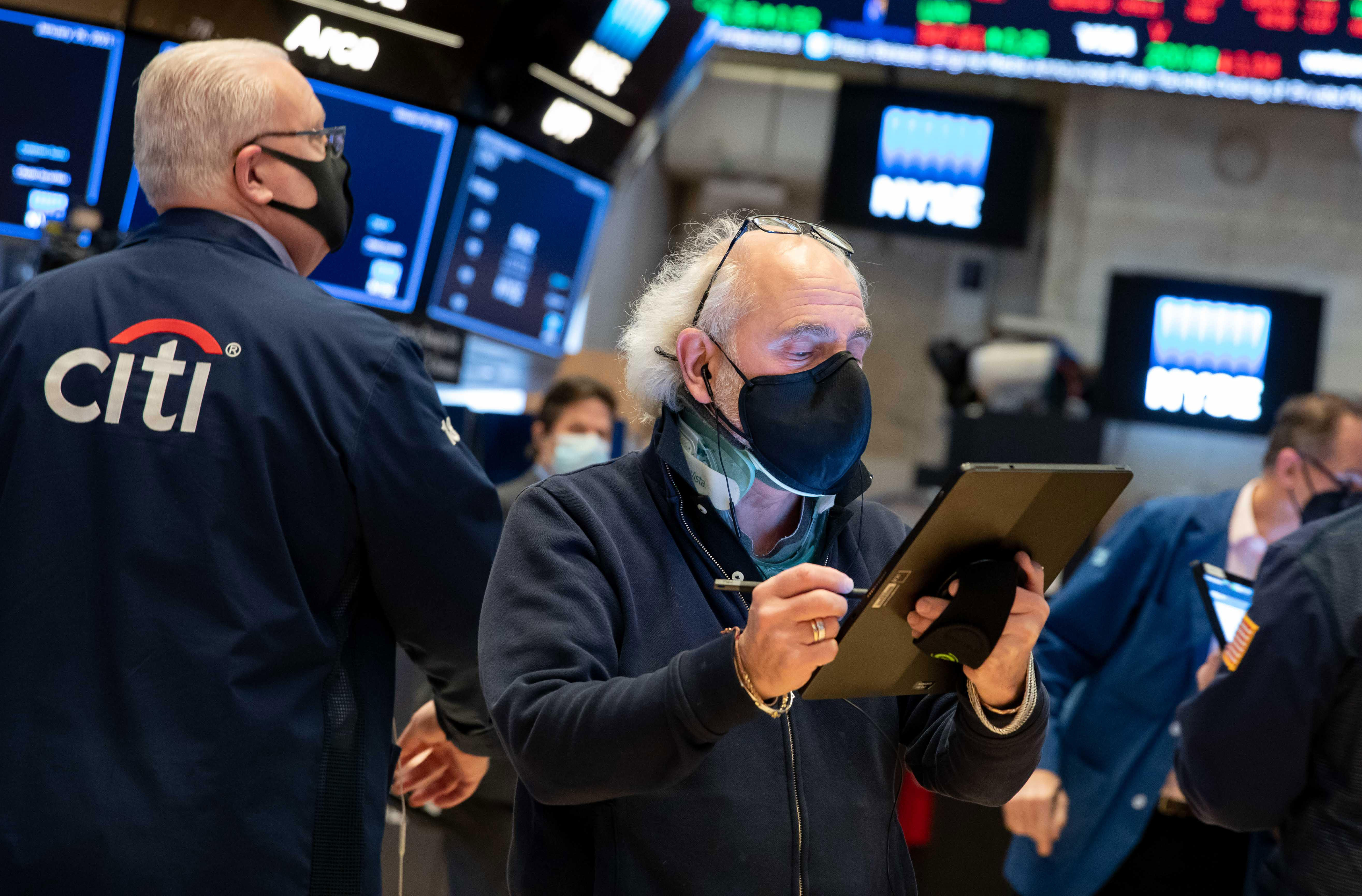
The latest rise in bond yields has boosted financial stocks, but the rally’s staying power remains in question.
The Financial Select Sector SPDR Fund (XLF) is up about 6% week to date versus a 3.6% gain for the S&P 500. The U.S. 10-year Treasury yield has been pushing further above 1% with fiscal stimulus once again on the table in Congress.
Though the financials are still underperforming the broader market over the past 12 months, they have picked up significant steam in the last six months. The XLF has jumped more than 27% since August, and the SPDR S&P Bank ETF (KBE) has surged 47% in that time frame. The S&P 500 is up 17 % over that time period.
While the XLF has seen “a very good short-term move,” its chart hasn’t yet confirmed a longer-term push higher, said Mark Newton, president and founder of Newton Advisors.
“This is right up against pretty good resistance, [with the] XLF also moving up towards the levels we saw back in February of 2020,” he said. “To really think that this group has a lot of legs ahead of it and you can really run, we do need to see breakouts in this group on a relative basis and see XLF get up above its prior peak, and that might be a tall task.”
“For now, I do like the group short term,” Newton added. “Intermediate term, it’s got to prove itself.”
One portfolio manager said those betting on a recovery would do well to consider buying into the group.
“We are overweight financials,” Washington Crossing Advisors senior portfolio manager Chad Morganlander said in the same interview, adding that his firm uses the XLF for its exposure to the sector.
“We think that net interest margins will continue to improve as the [yield] curve continues to steepen,” Morganlander said.
“As the U.S. economy continues to improve post-Covid, you’ll also have some tailwinds,” he said.
“You’re going to have an improvement in credit growth on the private side as well as more additional capital spending. Secondarily, your loan loss provisions will start to go lower because of this improving economic backdrop. And thirdly, buybacks as well as dividend growth could be quite robust in the next several years,” he added. “The valuations make sense. We would continue to overweight the sector.”
Disclosure: Washington Crossing Advisors owns shares of XLF.




